by Lisa Cooke | Feb 18, 2016 | 01 What's New, Genealogy Gems Podcast, Libraries, Listeners & Readers
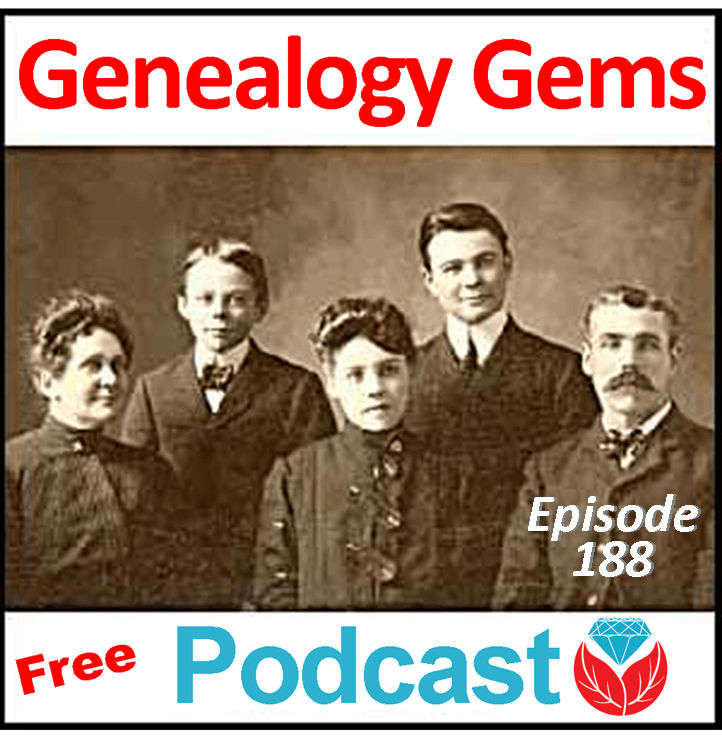 Genealogy Gems Podcast episode 188 has published. It’s packed with news, tips and inspiration that can help your family history research now. Check it out!
Genealogy Gems Podcast episode 188 has published. It’s packed with news, tips and inspiration that can help your family history research now. Check it out!
The newest episode of the free Genealogy Gems Podcast is now available. Host Lisa Louise Cooke shares her signature variety of news, inspiration, innovative strategies and tips you can use now. Highlights from the Genealogy Gems podcast episode 188 include:
- RootsTech news and resources for everyone;
- New records online for Ireland and the United States;
- Two inspiring emails from listeners who unravel family mysteries with determination, skill and Google sleuthing;
- A Genealogy Gems Book Club update with more thoughts on the featured title Orchard House: How a Neglected Garden Taught One Family to Grow
 by Tara Austen Weaver and book recommendations from RootsTech attendees;
by Tara Austen Weaver and book recommendations from RootsTech attendees;
- A critique of a recent NPR article on genetic genealogy by Your DNA Guide Diahan Southard; and
- A great conversation with Cindy Cochran and Sabrina Riley of the Lincoln-Lancaster County Genealogical Society Library at Union College in Lincoln, Nebraska.
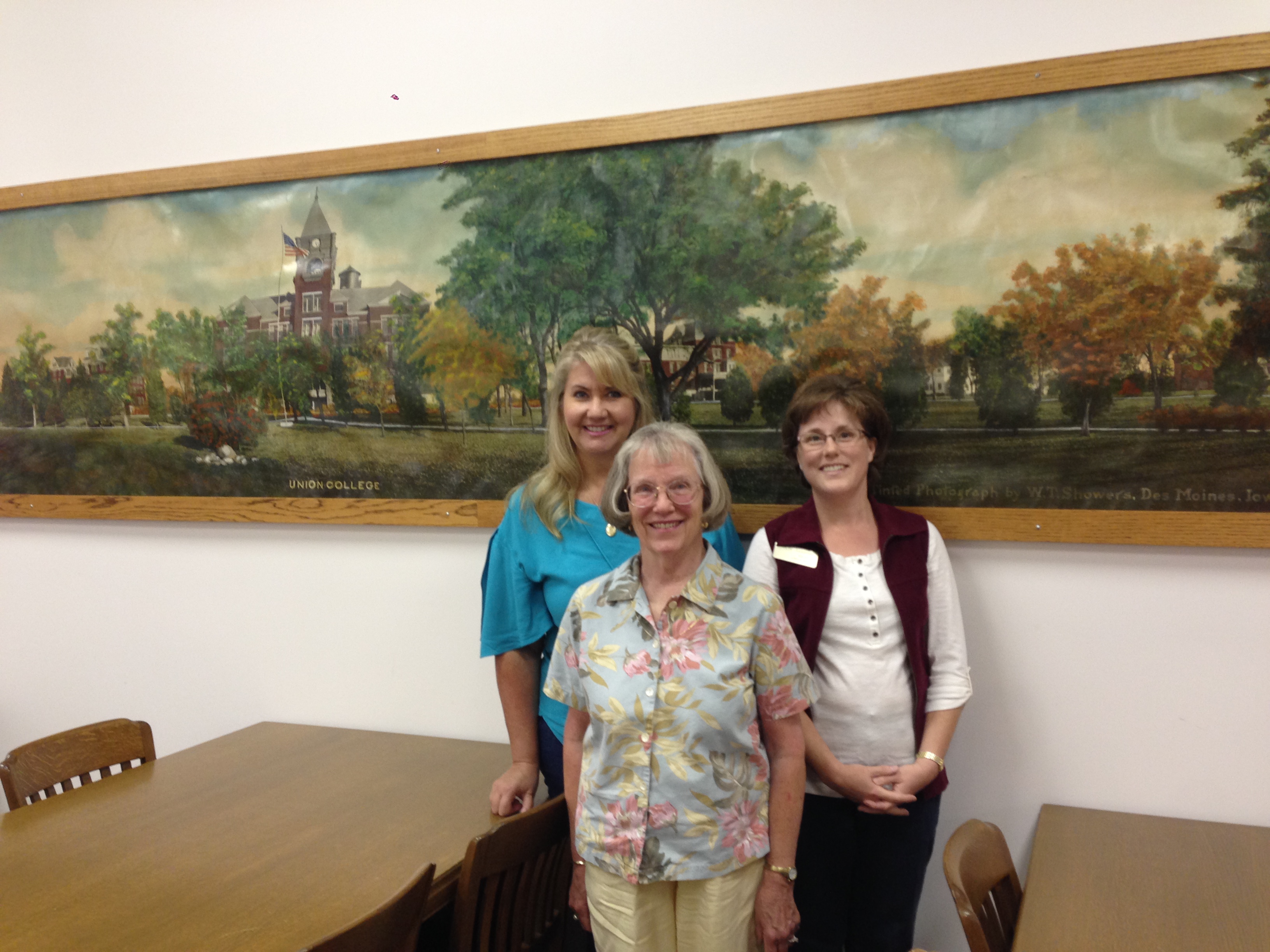
Lisa Louise Cooke with Cindy Cochran and Sabrina Riley
My favorite part of this episode for me was Lisa’s conversation with Cindy and Sabrina. It was fun to meet two interesting women who help keep their corner of the genealogy research world running smoothly. I don’t even have Nebraska roots but I appreciated the inside “look” at their genealogy collection. It reminds me what gems–human and archival–may be tucked away on college campuses that love and welcome researchers.
New to the Genealogy Gems podcast? Welcome! Click on the link above to listen; subscribe and listen in iTunes or download the Genealogy Gems app (click here to learn more about these options).
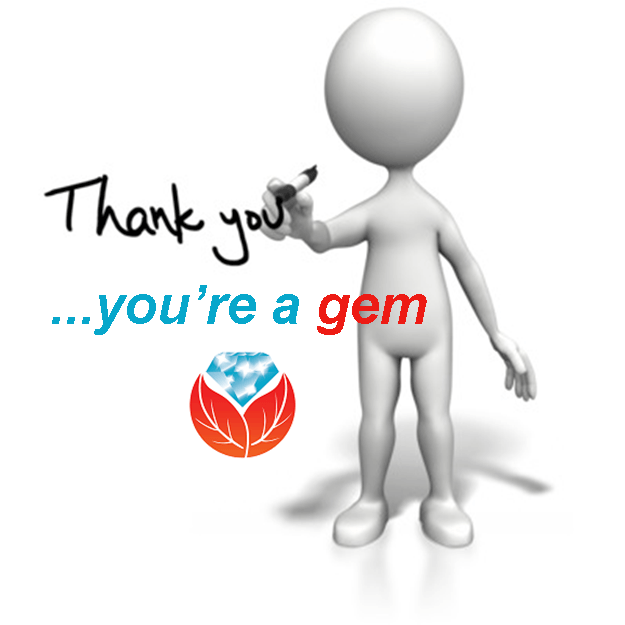 Do you already listen to the free Genealogy Gems podcast? Will you please tell your friends and fellow “genies” about it? We especially appreciate your recommendations on your favorite social media sites–thanks for sharing this post!
Do you already listen to the free Genealogy Gems podcast? Will you please tell your friends and fellow “genies” about it? We especially appreciate your recommendations on your favorite social media sites–thanks for sharing this post!
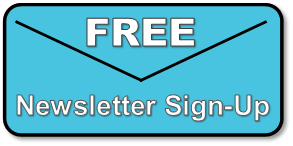
by Lisa Cooke | Feb 12, 2016 | 01 What's New, Records & databases
Each week we scour announcements of new genealogy records online and share those we think our readers most want to know about. This week, it’s all about Irish and US records!
IRELAND CENSUS RECORDS. MyHeritage.com has added to its site “over 8.7 million Irish census records from the 1901 and 1911 censuses [which record every household member]. Both collections are completely free and contain images.”
IRELAND PARISH RECORDS. Findmypast.com subscribers now have access to an exclusive index to the National Library of Ireland’s free online collection of digitized-but-not-indexed registers from 1000 parishes, with over 10 million baptisms and marriages. According to a FMP press release, “This is the first time that the collection has been indexed with the images linked online, making the search much easier and the records more accessible. As a result, family historians will now be able to make all important links between generations with the baptism records and between families with the marriage registers. These essential records cover the entire island of Ireland, both Northern Ireland and the Irish Republic.”
(US) DUTCH REFORMED CHURCH RECORDS. Ancestry.com has added a new collection of Dutch Reformed Church records (1701-1995)  from 14 states and has updated a separate but similar collection of Dutch Reformed Records
from 14 states and has updated a separate but similar collection of Dutch Reformed Records (1639-1989).
(1639-1989).
US MARRIAGES. Findmypast has just released an enormous collection of marriage records from across the United States. “Containing over 450 million names from 1650 to 2010…the US Marriages collection will, when complete, include over 100 million records, 60% of which have never been published online before.” A third of the data (about 33 million names) are already online.
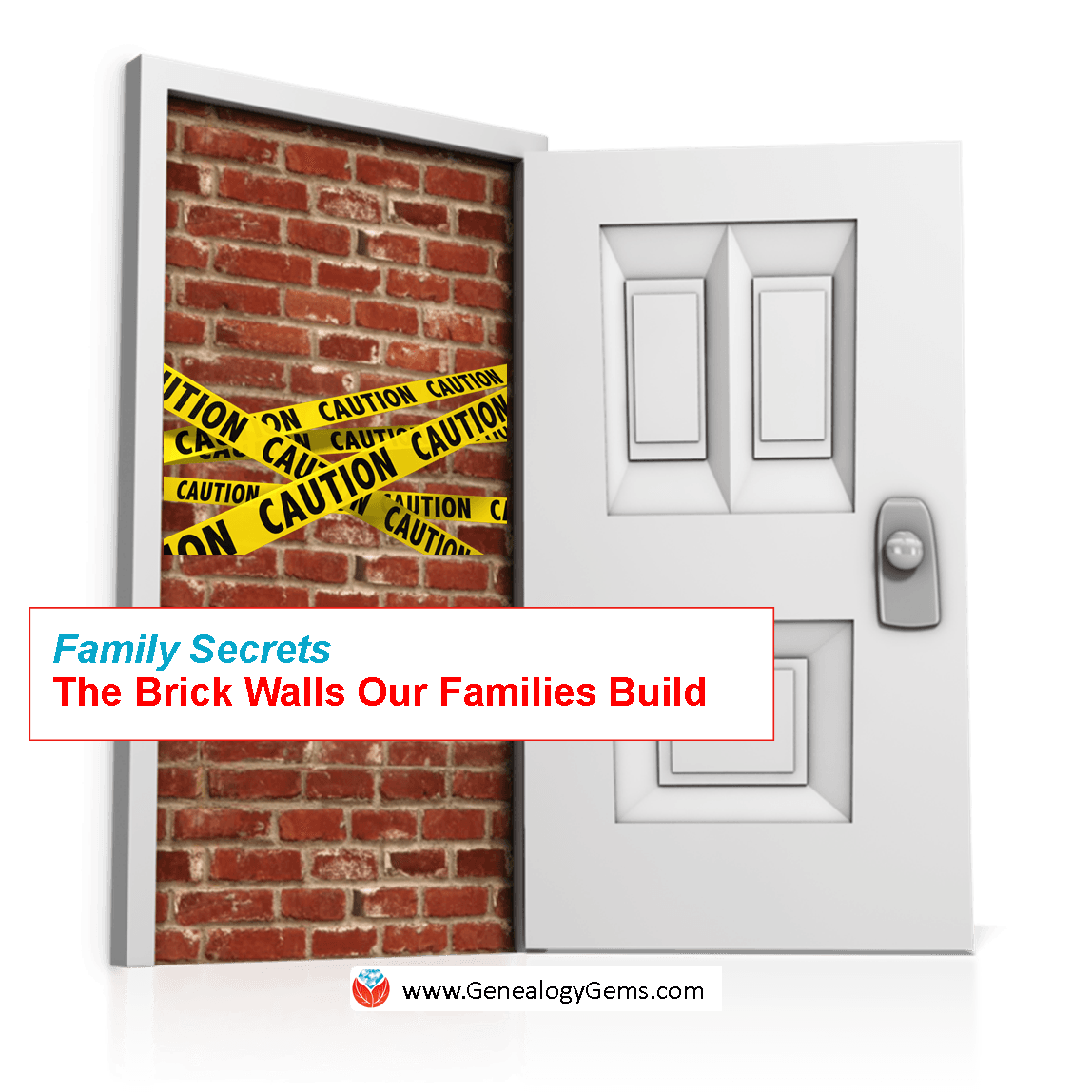 More Irish Research Gems
More Irish Research Gems
Disclosure: This article contains affiliate links and Genealogy Gems will be compensated if you make a purchase after clicking on these links (at no additional cost to you). Thank you for supporting Genealogy Gems!
by Lisa Cooke | Feb 1, 2016 | 01 What's New, Conferences, Oral History, RootsTech
StoryCorps founder Dave Isay will keynote at RootsTech 2016. Can’t catch him there? Watch his inspiring TED talk about the stories of our lives. It will make 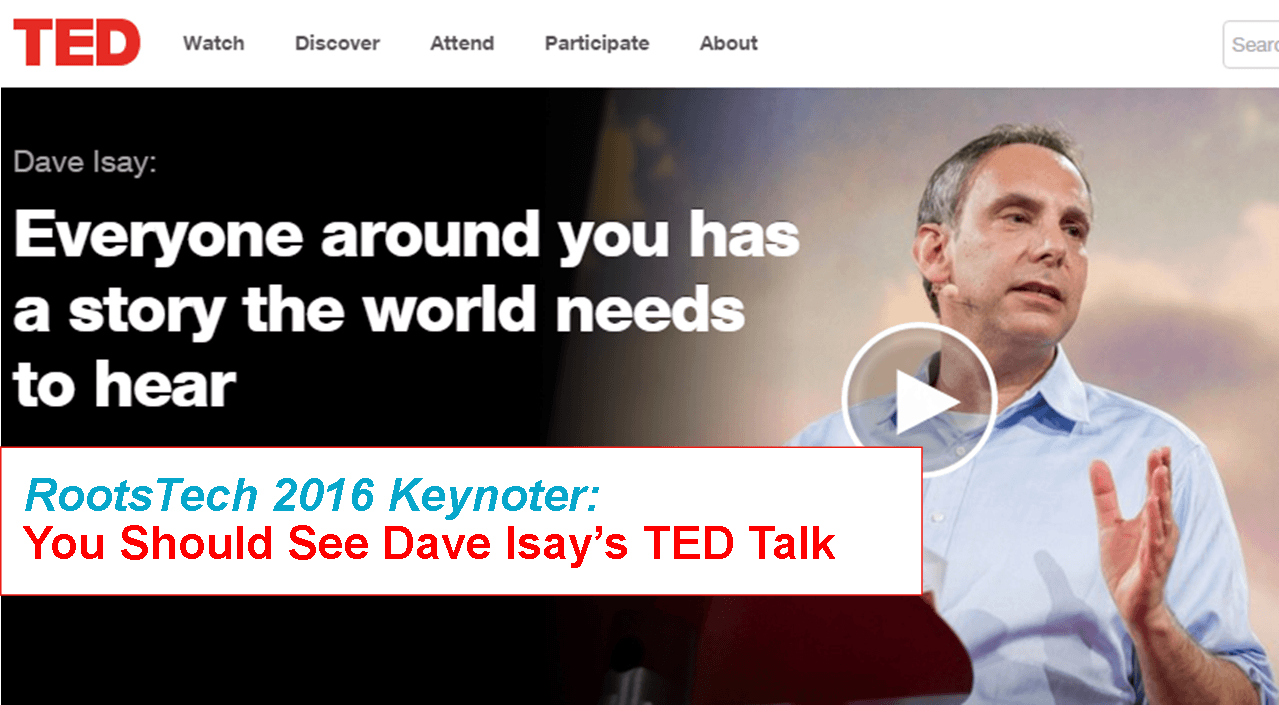 you want to go interview someone!
you want to go interview someone!
I’m looking forward to hearing Dave Isay at RootsTech 2016! An award-winning radio producer, MacArthur “Genius” Fellowship and TED prize winner, and the founder of StoryCorps, Dave has spent his life capturing other people’s stories. He’s so passionate about it–and he’ll be sharing that passion as a RootsTech keynoter on Friday, February 5.
Dave’s TED talk on gathering people’s stories is amazing and I’m not the only one who thinks so. It’s had over 1.1 million views so far. If you’re going to be at RootsTech 2016, don’t miss his talk. If you’re not (or if you want a sneak peak of his awesomeness), watch his TED talk below:
“Every life matters equally and infinitely,” Dave says. Inviting someone to talk about his or her life “may just turn out to be one of the most important moments in that person’s life, and in yours.” We do this when we record loved ones’ life stories. We honor their feelings, experiences and opinions by asking about them and preserving them. Sometimes we share personal moments of understanding, forgiveness or revelation. As Dave says, “Amazing conversations happen.”
Why not make it a goal to capture a loved one’s story in an interview in 2016? Better yet, why not do it soon, in celebration of Valentine’s Day? It’s a gift of love that builds your relationship with whomever you interview. And when you’re done, you’ll have documented more family history. What could be better?
We {Heart} These Ways to Capture a Loved One’s Oral History
Use the StoryCorps App (StoryCorps being the story-archiving program founded by Dave Isay)
Transcribe a Q&A with a Loved One: Write Your Family History
How to Reconstruct Childhood Memories
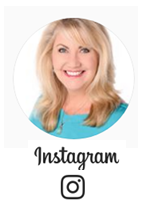
by Lisa Cooke | Jan 29, 2016 | 01 What's New, Records & databases
Here’s our weekly update of new genealogy records online, designed for you to scan them quickly and click to the ones that matter for your family history. Thumbs up for free access to the Irish censuses of 1901 and 1911!
ENGLAND MARRIAGES. An enormous collection of about 2.3 million names from over 1,500 parishes across 29 English counties is in Findmypast’s new database, England, Phillimore Marriage Registers, 1531-1913
IRELAND CENSUS. MyHeritage.com has posted over 8.7 million indexed records (with images) from the 1901 and 1911 Irish censuses to its UK and Ireland Census Collection. These collections are FREE to search. According to the collection description, “The 1901 census lists – for every member of the household – name, age, gender, relationship to the head of the household, religion, occupation, marital status, county of birth (except for foreign births, which give country only), whether the individual spoke Irish (Gaelic), and whether the individual could read or write.” The 1911 census adds the numbers of years a woman had been married to her current husband; children born to them and children living.
KANSAS CENSUS. Ancestry.com has updated its Kansas, City and County Census Records, 1919-1961 . “This collection contains various city and county census records and population schedules from Kansas. They include information about inhabitants of a town, enumeration of livestock, and agriculture. Prior to 1953 the population schedules list the address, name of the head of household, and the number of individuals living in the household. Beginning in 1953 the schedules list all the members of the household and their ages.”
. “This collection contains various city and county census records and population schedules from Kansas. They include information about inhabitants of a town, enumeration of livestock, and agriculture. Prior to 1953 the population schedules list the address, name of the head of household, and the number of individuals living in the household. Beginning in 1953 the schedules list all the members of the household and their ages.”
MISSOURI CHURCH. Ancestry.com subscribers can now search Missouri, Methodist Church Records, 1856-1970 a new database of indexed images from various United Methodist churches in Missouri. Baptisms, marriages, memberships, burials and lists of clergy are included.
a new database of indexed images from various United Methodist churches in Missouri. Baptisms, marriages, memberships, burials and lists of clergy are included.
SCOTLAND. A new collection of Scottish parish and other records is now searchable at Findmypast. Scotland Registers & Records dates back to the early 1600s. Record types “range from monumental inscriptions to a novel on rural life in 18th century Scotland.”
 Looking for ancestors online? Turn to Genealogy Gems for ongoing education in using Google for genealogy (and everything else). Sign up for our FREE weekly e-mail newsletter for a free Google e-book and ongoing tips from our blog. Consider becoming a Genealogy Gems Premium website member so you get unlimited annual access to on-demand videos like Google Search Strategies for the Family Historian and many others.
Looking for ancestors online? Turn to Genealogy Gems for ongoing education in using Google for genealogy (and everything else). Sign up for our FREE weekly e-mail newsletter for a free Google e-book and ongoing tips from our blog. Consider becoming a Genealogy Gems Premium website member so you get unlimited annual access to on-demand videos like Google Search Strategies for the Family Historian and many others.
by Lisa Cooke | Jan 27, 2016 | 01 What's New, Google Earth, Listeners & Readers, Maps, Research Skills
Use Google Earth for genealogy to find long-lost family locations on modern maps. Here’s how!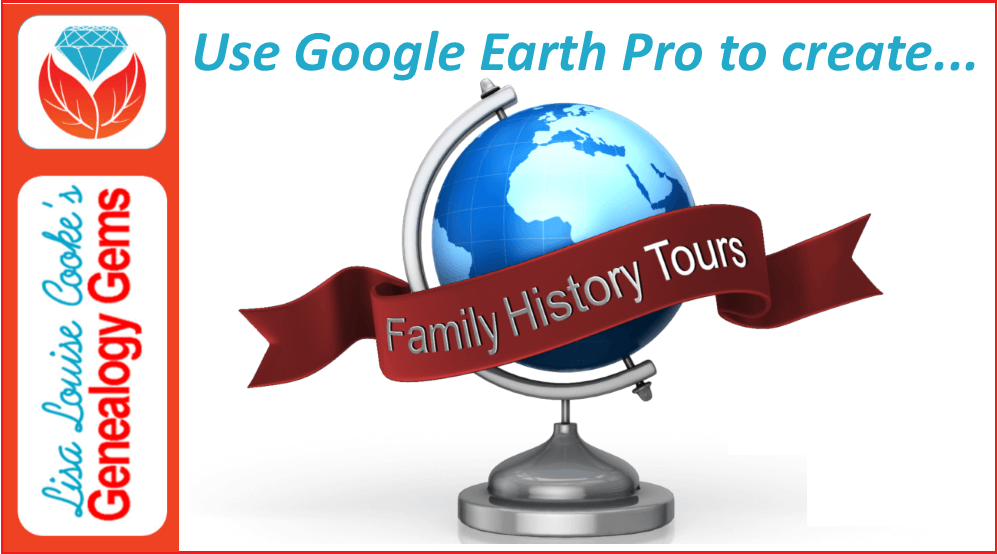
It can be very surprising to discover that you lived somewhere that you never knew you lived. That was the case for Professional genealogist Alvie Davidson, who recently wrote to me. He’d done some fantastic sleuthing on his own recent family history, and discovered that his family had lived in Huntsville, Alabama when he was a toddler. “This is the first I have even known they lived in Madison County, AL.” But he was not sure about how to use Google Earth to help him locate the family addresses he’d discovered.
“I have learned from the U S Government that my parents lived at (three) different addresses in Huntsville, Madison County, AL when I was a toddler in 1944….I never knew we lived in Huntsville but I learned my mother worked for munitions productions during World War II at Redstone Arsenal. She worked several months toward the end of 1944 and had to quit due to onset of pregnancy. We moved to Florida shortly after she left employment at Redstone Arsenal because we show up on the 1945 Florida State Census.”
Alvie sent me three family addresses. Then he asked for some step-by-step help instructions on how to put Google Earth to work to identify their location today.
4 Steps to Revealing More with Google Earth
1. Search each address in Google Earth. Enter the address in the search box in the upper left corner of Google Earth. If you get a hit, mark it with a placemark (clicking the button that looks like a push pin in Google Earth’s toolbar) and name it. In this case I found two of the three street addresses.
2. Locate a map of the area for the appropriate time period. With a little Google searching, I found the 1940 census enumeration map for Huntsville at the National Archives website. Here’s what that map looks like. (Image right) I then went in search of each of the three addresses on the map.
In this case, I conducted a block-by-block search of the 1940 enumeration district map for the missing address: 110 Winston Street. Unfortunately, not all the street names were clearly legible on this particular map, and I was unable to locate it.
You can learn more about locating enumeration district maps in my article How to Find Enumeration District Maps.
Genealogy Gems Premium Members: log in and watch my Premium video 5 Ways to Enhance Your Genealogy Research with Old Maps featuring instruction for locating and using enumeration district maps.
3. Overlay and georeference the enumeration district map in Google Earth to compare the past to the present. Georeference just means to match up known landmarks on the historic map with physical locations on the modern-day map, thereby allowing you to match the two maps up together. By so doing, I was able to locate on the enumeration district map the modern-day locations of the two addresses that I found using Google Earth.
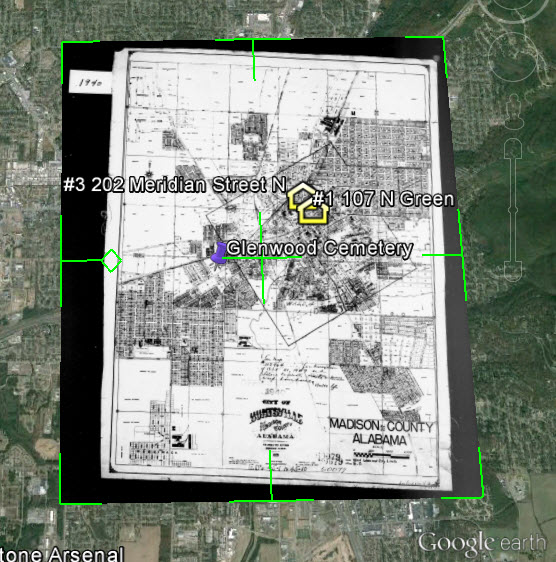
There are businesses in both locations today. Below right is a screen shot showing the current location of one of those addresses. Clearly no longer the old family home.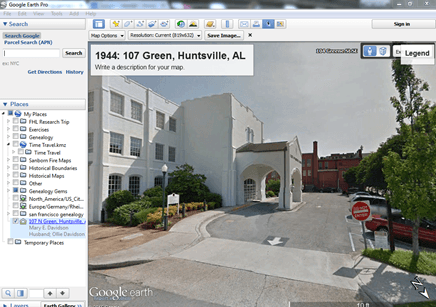
4. Dig deeper for addresses that have changed. As I mentioned previously, I searched for the 110 Winston Street address in Google Earth with no result. If that happens to you, remove the house number and run a second search on the street name alone. Numbers can change, but it is important to verify whether the street still exists today.
In this case, Google Earth did not locate a Winston Street in Huntsville, AL. Knowing that errors and typos can happen to the best of us, I ran a quick Google search for Huntsville, AL city directories, and verified that indeed Winston Street did exist at that time in history. So, at some point between 1940 and today, the name appears to have been changed.
I headed back to Google and ran the following search query:
“winston street” “huntsville alabama”
The quotation marks tell Google that each exact phrase must appear in all search results. The phrases will appear in bold in the snippet descriptions of each result.

The result above caught my eye because it mentions the “Winston Street Branch Library.” Even when street names change, buildings named for those streets often don’t. However, in this case, the website discusses the history of the library, and the Winston Street Elementary School. According to the website, the library “became a part of the Huntsville Public Library (now Huntsville-Madison County Public Library) in 1943. In 1947, the branch was renamed the Dulcina DeBerry Library.” Perhaps the street was renamed at that time as well.
Genealogy Gems Premium Members: Sign in and watch the Ultimate Google Search Strategies video class to learn more.
Jumping back into Google Earth I entered “Winston Street Branch Library” in the search box, and was immediately taken to the location, which is just south of the other two known addresses! At this point I would recommend to Alvie, who is a Genealogy Gems Premium Member, to watch my video class Best Websites for Finding Historical Maps to track down additional maps from the time frame that may have Winston Street clearly marked on the map.
Once I identified this landmark, I then marked the location with a placemark. You can turn off the 1940 enumeration district map overlay by unchecking the box next to it in the Places Panel. Doing this revealed the location on the modern day map. Finally, I headed to the Layers panel and clicked the box next to the “Roads” overlay to reveal the modern day street names.
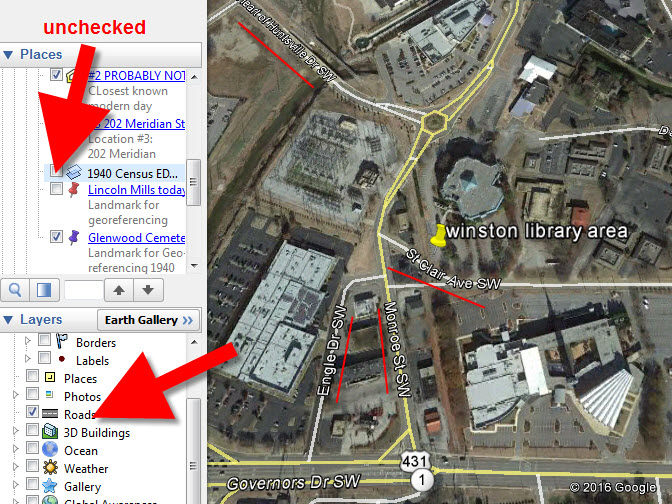
You can use this technique when you have more success than I did in finding an old address on an old map. Overlay the map, position a placemark on the location, and then turn the overlay off. With one click of the Roads layer you can now see the current street name for the old location you found on the map overlay.
Further digging online did deliver additional maps from the era and area:
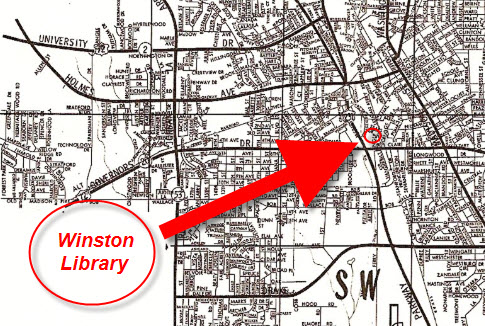
We all have locations in our family history that have given way over time to new buildings and parking lots. By using the power of Google Earth, Google search, and historic maps, they don’t have to be lost forever.
Get Started with Google Earth for Genealogy
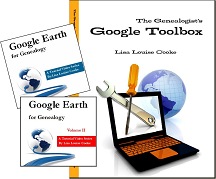
Learn all these Google skills–with step-by-step tutorials and video demonstrations–in Lisa’s book and Google Earth video tutorial. Click here for a special price on the bundle!
FREE video: Get Started with Google Earth for Genealogy
Google Bundle! The Genealogist’s Google Toolbox Second Edition PLUS learn how to create your own historical map overlays in my Google Earth for Genealogy 2-video CD set.
Use Google Earth to Plot Your DNA Matches
 Genealogy Gems Podcast episode 188 has published. It’s packed with news, tips and inspiration that can help your family history research now. Check it out!
Genealogy Gems Podcast episode 188 has published. It’s packed with news, tips and inspiration that can help your family history research now. Check it out!by Tara Austen Weaver and book recommendations from RootsTech attendees;

 Do you already listen to the free Genealogy Gems podcast? Will you please tell your friends and fellow “genies” about it? We especially appreciate your recommendations on your favorite social media sites–thanks for sharing this post!
Do you already listen to the free Genealogy Gems podcast? Will you please tell your friends and fellow “genies” about it? We especially appreciate your recommendations on your favorite social media sites–thanks for sharing this post!

 More Irish Research Gems
More Irish Research Gems you want to go interview someone!
you want to go interview someone!
 Looking for ancestors online? Turn to Genealogy Gems for ongoing education in using Google for genealogy (and everything else). Sign up for our FREE weekly e-mail newsletter for a free Google e-book and ongoing tips from our blog. Consider becoming a
Looking for ancestors online? Turn to Genealogy Gems for ongoing education in using Google for genealogy (and everything else). Sign up for our FREE weekly e-mail newsletter for a free Google e-book and ongoing tips from our blog. Consider becoming a 









